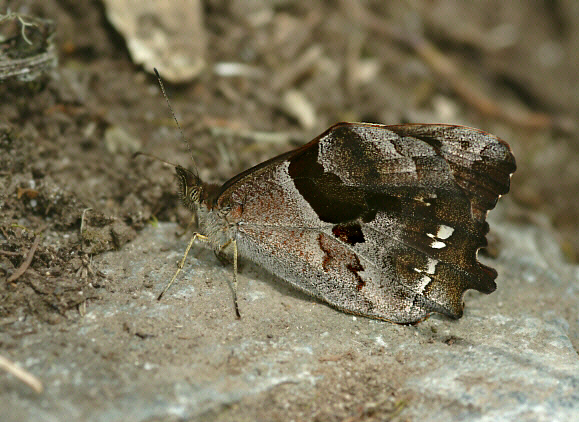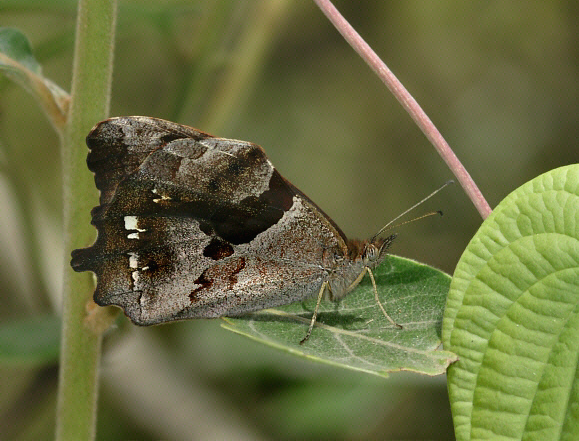
Introduction
There are 1100 known species of Satyrinae in the neotropical region. About 570 of these are placed in the subtribe Pronophilina – a diverse group of high altitude cloudforest butterflies, all of which are confined to the neotropical region. The vast majority are found only in the Andes, but 4 species are known from the Atlantic cloudforests of Brazil, and there are a further 6 species that are endemic to Guatemala, Costa Rica or Mexico. More oddly there is one genus Calisto that is found exclusively on the Caribbean islands of Cuba and Hispaniola.
The genus Lasiophila comprises 14 medium sized species characterised by having heavily scalloped hind wings which on the underside resemble bits of curled up dead brown foliage. The uppersides of most of the species are dark brown, with extensive areas of orange or deep reddish, and a series of round dark submarginal spots on the hindwings. The exceptions are prosymna which has a broad white diagonal bar on the forewings; and cirta and piscina which both have prominent white patches on the hindwings.
Lasiophila orbifera is found commonly in the cloudforests of Ecuador, Peru, Bolivia and Argentina.

Habitats
This is a cloudforest species found at altitudes between about 1400-2800m.
Lifecycle
The lifecycle appears to be unrecorded. The following generalisations are applicable to the subtribe Pronophilina and are probably applicable to Lasiophila: The eggs are round, white or pale greenish white, and laid singly on the foodplants or on surrounding vegetation. The larvae are typically pale brown, marked along the back and sides with narrow dark stripes, and tapering towards each end. The head is large in proportion to the body and has two short forward-pointing horns. The tip of the abdomen is equipped with a pair of caudal prongs which are used to flick the frass away from the feeding area. The larvae of all known Pronophilina feed on Chusquea – a genus of bamboo which grows in thickets, mainly along the courses of streams.

Adult behaviour
When freshly emerged the butterflies are a beautiful deep red colour, but after a few days exposure to sunlight this fades to an insipid orange-brown tone.
The butterflies are commonly seen in flight along roadsides and wide trails, but spend much of their time at rest in the dappled sunlight of the forest understorey. They feed at rotting fruit on the forest floor, and occasionally visit flowers, but are more often found at dung or carrion.
